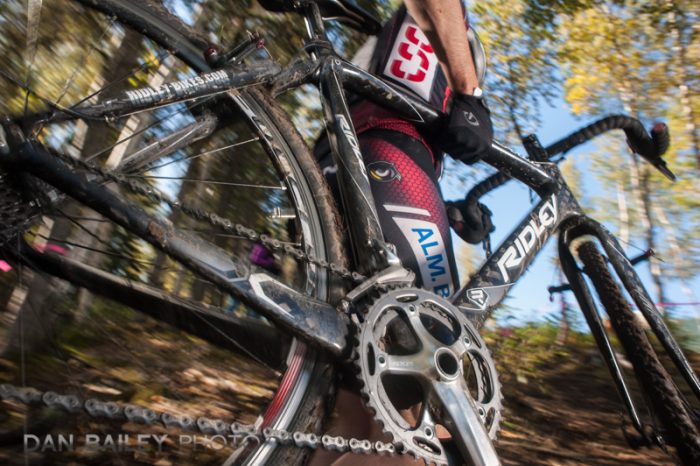
I’m going to let you in on a little secret. Shooting sports and action is really hard. It’s easily one of, if not THE most challenging genre of photography, simply because you have so little time to think about what you’re doing.
When the dirt is flying and the athletes are racing by, there’s no time to ponder camera settings and exposure values, you just have act, which means if you don’t already have your camera settings dialed in, you’re going to miss the shot. (Check out my Action Photography Workflow post to see how to set up your camera or shooting action.)
Perhaps the most challenging aspect of shooting sports and action is nailing focus. Modern autofocus systems are astoundingly capable. They’re built with highly sensitive phase detection systems and complex predictive algorithms that anticipate movement and compensate for the lag between when your finger starts to press the shutter and when it actually reaches the bottom of the button and closes the circuit.
However, they’re not infallible. There’s an inherent flaw in the system: Us. We’re the weak link the process. While cameras aren’t perfect, more often than not, it’s our own lack of technique that prevents us from getting sharp images.
In this post, I’m going to give you 10 essential tips that will help you increase your percentage of sharp images when shooting things that move, whether they’re birds, bike racers, motor sports, puppies, kids playing soccer or your hyperactive children/grandchildren.
I’ll also cover and troubleshoot some common problems to help you overcome the typical barriers you’ll face when shooting fast moving subjects.
1. Practice, Practice, Practice
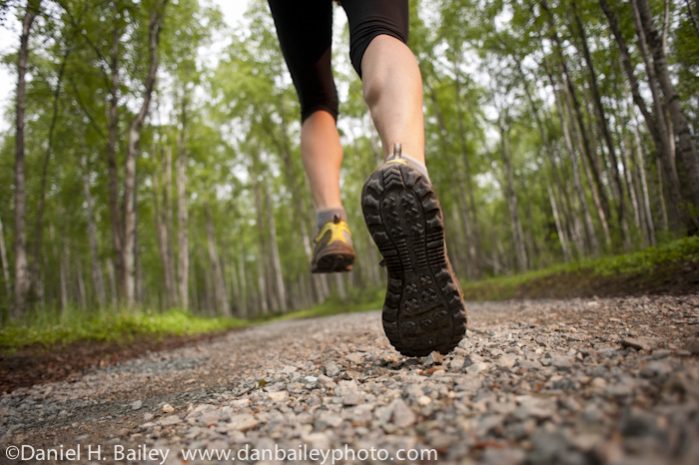
I hear from a lot of people who say that they’re unable to get very many sharp images, or that their success rate is not very high. Often times they chalk it up to the camera, and resign themselves that their particular model is not up to the task.
While the gear can make a difference, more often than not, it’s simply a matter of practice. As I said, shooting action can be incredibly challenging. I’ve been doing this for over 20 years and it’s still hard at times.
Today’s high end camera, even mirrorless cameras, are totally capable for nailing fast action. I’ve shot a wide variety of action with all of my Fuji cameras, and I can attest, they’re definitely up to the task, as are most other systems, providing you know how to use them.
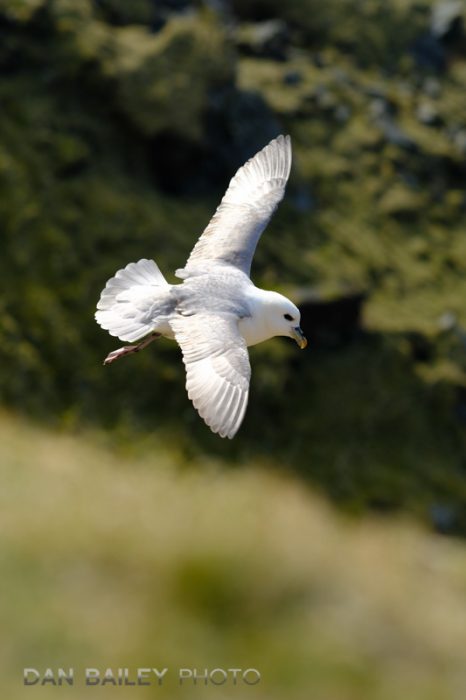
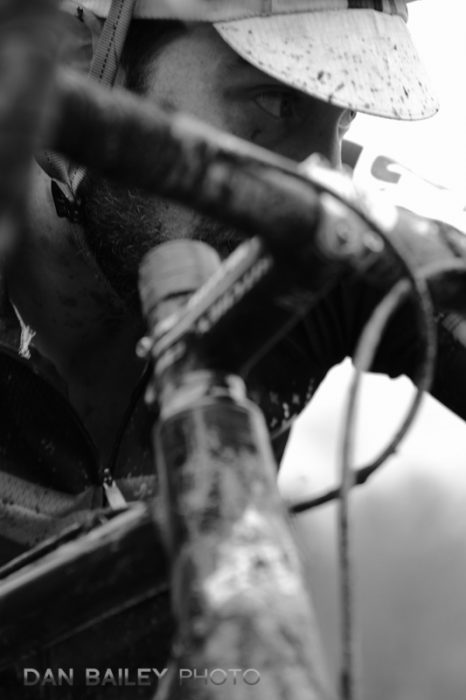
To be an effective action shooter, you have to know your gear and your AF system like the back of your hand, and you have to know how to use it in a variety of situations. Autofocus competence comes with practice, especially if you move to a new system. Nothing will make you a better action shooter than photographing action on a regular basis.
The reality is that if you don’t have your technique down, then it’s probably not the camera, it’s just that you need to get more experience under your belt.
2. Shoot a Lot of Frames & Accept Some Failure
The best way to ensure success with your autofocus is to shoot a ton of frames. If you’re shooting action, your camera should be set to Continuous High (CH) mode. No matter what camera you’re using, accept that you’ll never get every single frame sharp, and accept that even if you have a super expensive camera system, some frames will come out blurry, or the wrong thing will be sharp.
The top pros don’t even come close to a 100% success rate and you won’t either, but the more frames you shoot, the better your chances will be for nailing a great image.

Remember, your goal isn’t to get very photo sharp, your number one goal is to nail that one awesome moment that captures the peak of the action, the perfect expression and the best placement in the frame.
This doesn’t necessarily mean you have to burn 100 frames for every single action scene. That’s not very efficient, and it will only make for more editing later on. In fact, you’ll find that shooting short busts at a high frame rate will get it done, providing you can exercise tip number 2.
Finally, if you try a certain shot and it doesn’t work, try it again. And again. And again. With complicated shots, it may take a number of attempts to nail sharp focus with just the right framing. Ask my models. They’ll tell you what “one more time” really means.
2. Anticipate The Moment
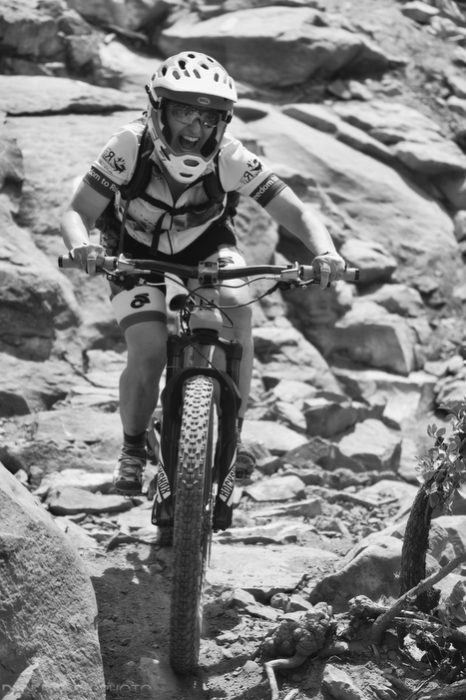
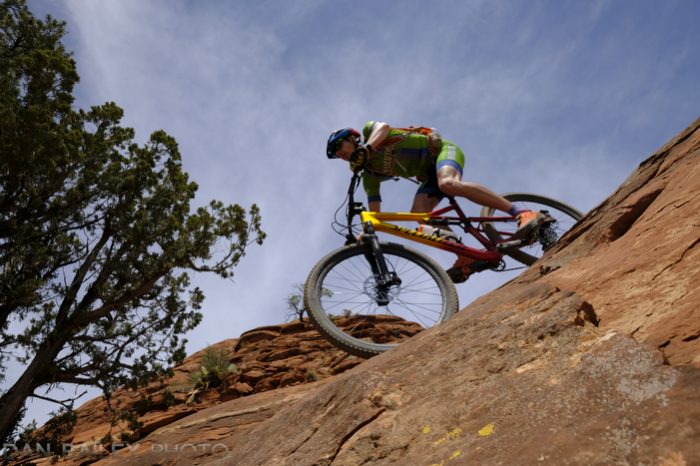
This is one of the best technique you can have as an action photographer. If you can learn to anticipate when the right moment will happen, you’ll have a much better chance of nailing it if/when it unfolds in front of you.
Whether you’re shooting wildlife, adventure or conventional sports, seeing and anticipating is the most important and effective tool in capturing a great image. Knowing when, or having a pretty good idea when a compelling moment is about to happen will better allow you to recognize the optimum moment to shoot or begin capturing your series.
For more insight on anticipating your scene, check out this post.
3. Take Time to Get in Your Groove
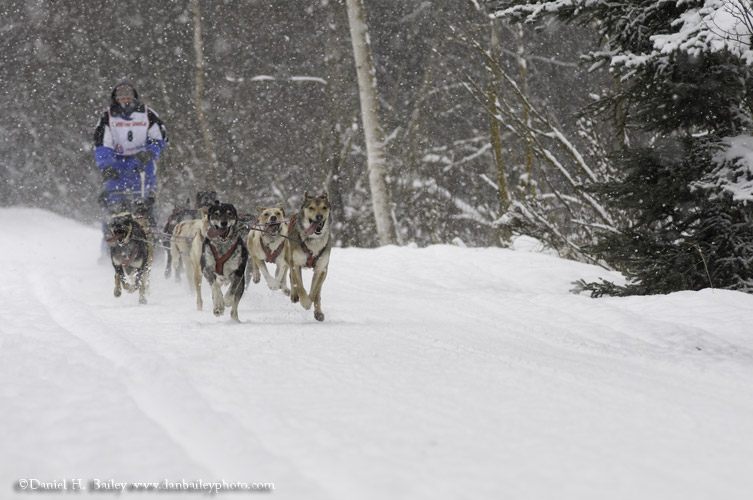
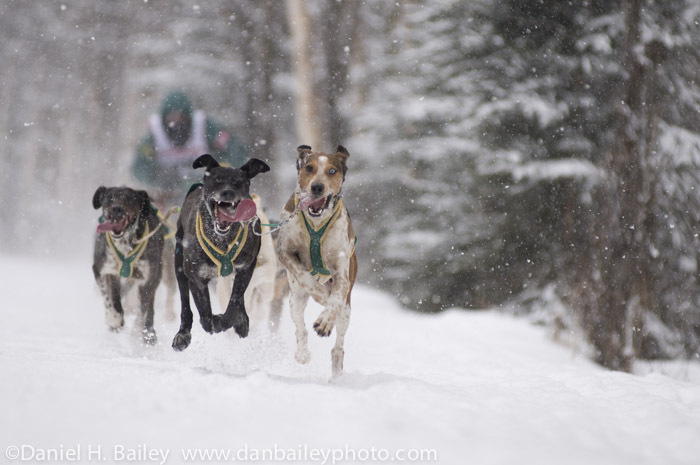
Shooting cold rarely results in your best images. It does happen, but more often, you need to allow yourself adequate time to warm up and find your groove. This means trying different compositions, varying your approach and looking for unique vantage points, and forgiving yourself if your first sets of images don’t jump out at you.
Whenever I got on location, I look for an obvious place to start and I go from there. I often find that my first few frames aren’t stellar, but that’s ok. It’s all part of the process. After a few minutes, when my creative juices start flowing a little more freely, I loosen up and start seeing more options.
Once I’ve burned a few frames, I have a good idea of what’s working and what’s not. By then, I’m getting into a groove and my my shots are getting much more exciting.
4. Make Sure You’ve Got Enough Light

This is a big one. Autofocus sensors need light. And contrast. If you don’t have very much of either of those two things, then your system probably won’t perform very well and you end up with a lot of blurry shots.
The good news is that low light AF detection performance keeps improving with every new generation of sensors. However, even though higher-end cameras and lenses are better at acquiring subjects in low light, every AF system will have a much harder time in dim, flat or low contrast scenes.
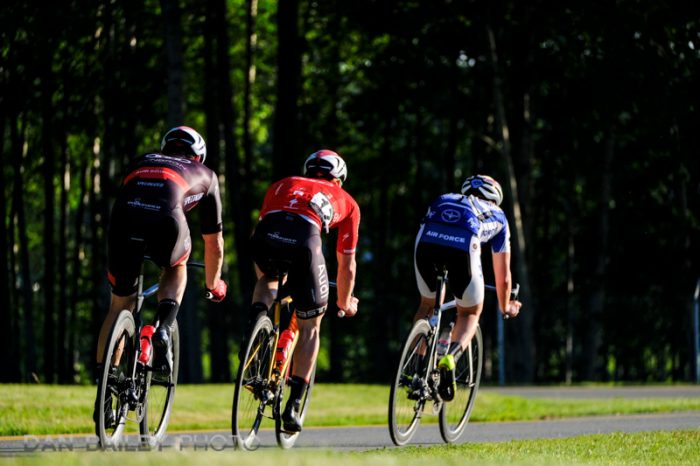
I hear from a lot of BIF photographers who say their focus system are tracking very well, but often times they’re shooting birds flying close to the ground in low contrast environments or in light that registers with very low EV levels. That’s asking a lot from your AF system.
A super fast (ahem… super big and super expensive) lens might be able to track this, but any slower zoom lens is going to have a hard time in dim light. Even if you do achieve a good lock, your shutter speed might be too slow to freeze the action.
The reality is that a f/5.6 telephoto zoom, like the “budget” $2,000 Canon and Fuji 100-400 lenses have really good glass, but they simply won’t track in low light like an equivalent f/2 or f/2.8 lens. However, super fast telephotos cost 2-3 times as much.
It’s all about tradeoffs. Do you REALLY need to capture that bird flying through the shade at dusk, or do you need money for the next few mortgage payments? If you’d rather keep your house, then look for vantage points where you can photograph birds against the sky instead of the dark marsh.
Same goes for you guys who shoot indoor sports with long lenses. Gauge the light and be realistic about what to expect from your gear.
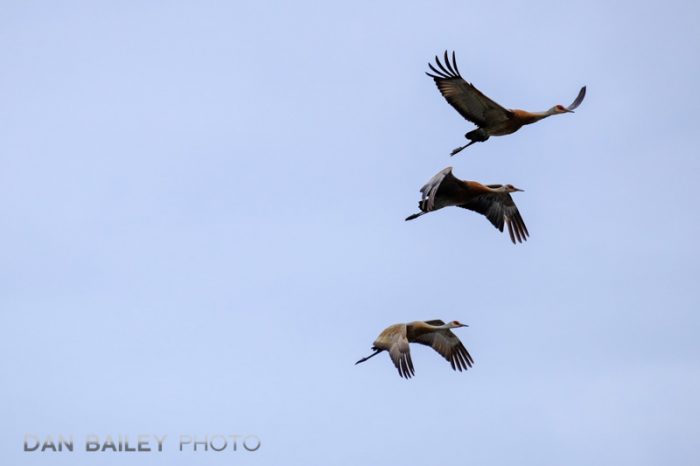
Also, be aware of situations where the sun is out and there seems like there’s enough ambient light, but you’re trying to focus on the shaded side of your subject. This can cause problems and lead to photos that aren’t sharp.
In low ambient conditions, you can try to crank the ISO up, but at some point, you just might not have enough light for the system to track very well.
I’ll say this again, because it’s important to remember. Even if you are able to track, your shutter speed might end up being too low to freeze the action. Sharp subjects shot at low shutter speeds can still be blurry. In these kinds of situations, your best option might be to do motion blur pans at lower shutter speeds. Or use a flash.
5. Use The Right AF Pattern

In order to maximize your success with autofocus, you need to use the optimum AF pattern on your camera. Keep in mind, the right pattern can vary depending on how your subject is moving within the frame. You should read up on exactly how your camera’s AF system works and how each pattern behaves.
Most cameras have an AF pattern that’s designed for fast action tracking. On the Fujifilm X Series cameras, I find that Zone AF works best. Canon also has Zone AF, Nikons have Dynamic Area or 3D Tracking.
In certain situations, especially if the subject motion is totally unpredictable, and depending on how your camera’s AF system works, you might choose to use use a Full Auto AF pattern. Again, this will take some experimentation to figure out when this this might be appropriate. Keep in mind, when using the “Full auto” AF modes, you’re giving up some control and letting the camera decide what to focus on.
6. Adjust the Size and Position of Your AF Zone
With most cameras, you can adjust the size and position of your highlighted autofocus area selection box inside the viewfinder. The size and placement of the box should roughly match the anticipated movement area of your subject as it moves through the frame, or it should at least match where you want to first begin tracking the subject as it enters the frame.
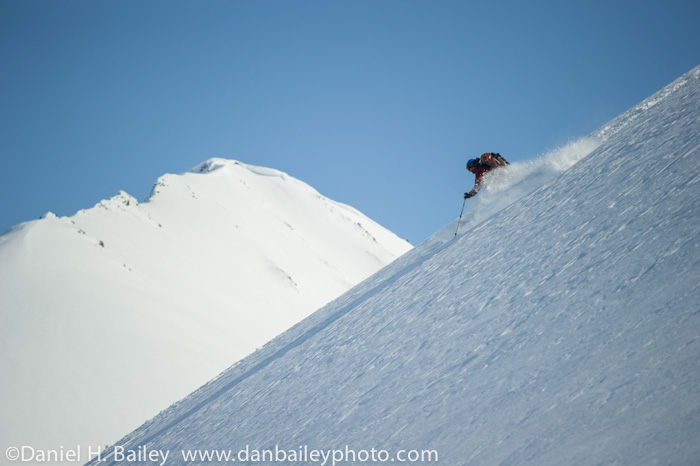

This can be tricky, though, and it’s one of the things that you learn from experience. If your selected zone isn’t large enough, or if it’s in the wrong place in the frame, your AF system might not even see the subject and it won’t start tracking.
However, if your zone is too large, it might grab the wrong thing, especially if there’s a lot going on inside your frame. Again this is where anticipation and lots of practice come into play. Knowing your subject matter and knowing how you want the shot to evolve is key.
If you want to make sure the camera locks on your subjects face, you might want to use a smaller zone. If you have a clean background, or if you’re trying to track the subject all the way across the frame, you’ll probably want to use a bigger zone.
7. Start Tracking Early
Here’s one of the most common problems you might face when shooting fast action: You’ve got a shot lined up in your mind, so you set up your composition and frame the scene just like you want. You wait for your subject to enter the frame and when it lines up perfectly, you press the shutter to engage the autofocus and capture the shot, only to discover that it wasn’t in focus.
Yea, that happens a lot. I see it all the time. This is because you’re asking the camera to do a lot in the moment: acquire, track, grab, focus and capture. While the technology might be capable, there could be any number of factors that confuse the AF sensors, (or you!), including zone size, extraneous subject matter or your own reflexes.
There are couple of solutions to this kind of situation, but the best one is to start tracking your subject early. Give your AF system time to figure out what you’re trying to focus on so that it can lock on the subject and establish good tracking.
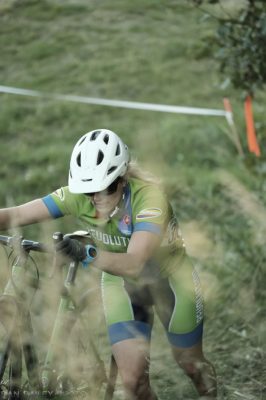
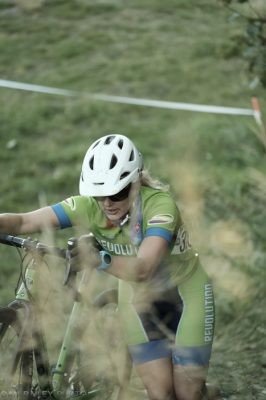
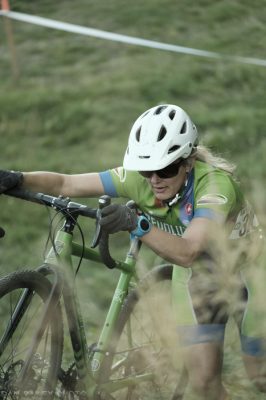
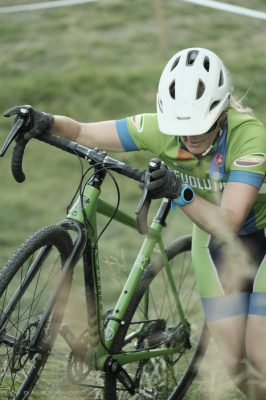

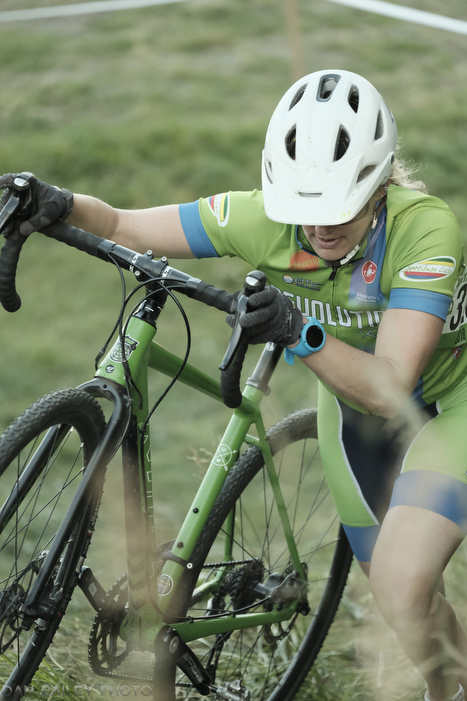
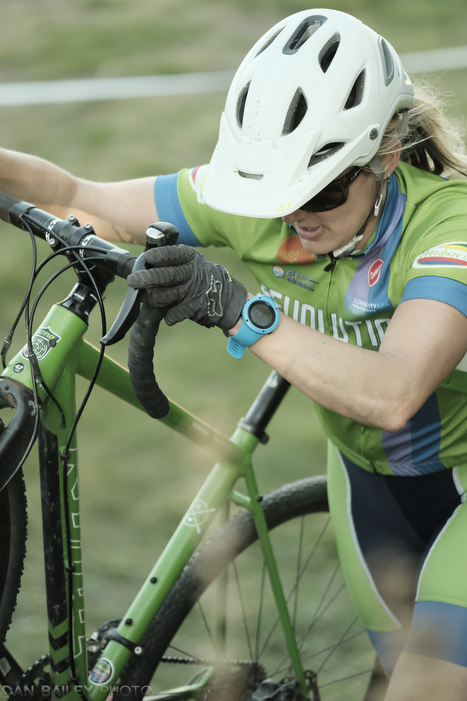
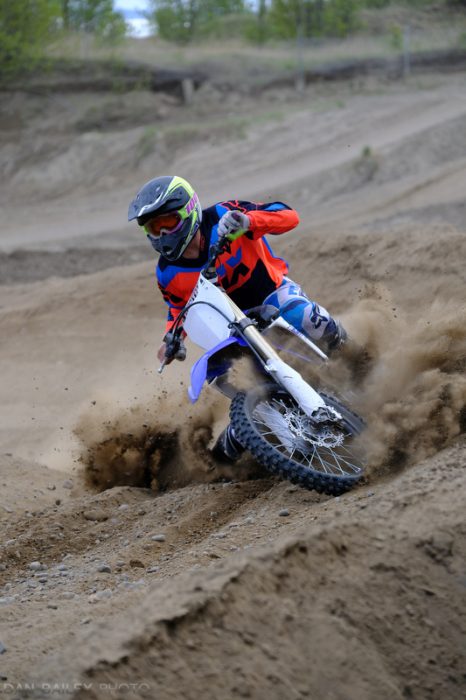
This will require you to move your camera with the subject, while keeping the shutter pressed halfway down. Follow it until it lines up with the composition you want, and then fire off a series. Better yet, start firing frames before it reaches that point. If you’re shooting across the frame, pan as you shoot. Your success rate will be much higher.
You may need to rehearse your camera movements, just as a motion picture camera operator rehearses a complex move before shooting the final scene. Stuff like this takes practice in order to get it right. Trying this kind of thing cold will probably lead to frustration and blurry images.
8. Play Around With the AF-C Custom Settings
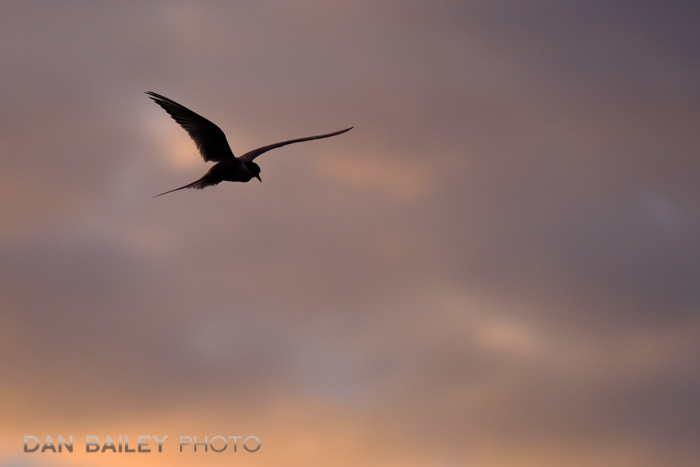
This is another possible solution to the problem I just described above. Some high-end cameras have a special feature called AF-C Custom Settings, which allows you to adjust how the camera’s AF tracking parameters operation.
Using a different setting other than the default mode could increase your success rate when shooting subjects that move erratically, that enter the frame very quickly, or that move in and out of obstacles or other subject matter that might otherwise confuse the AF system.
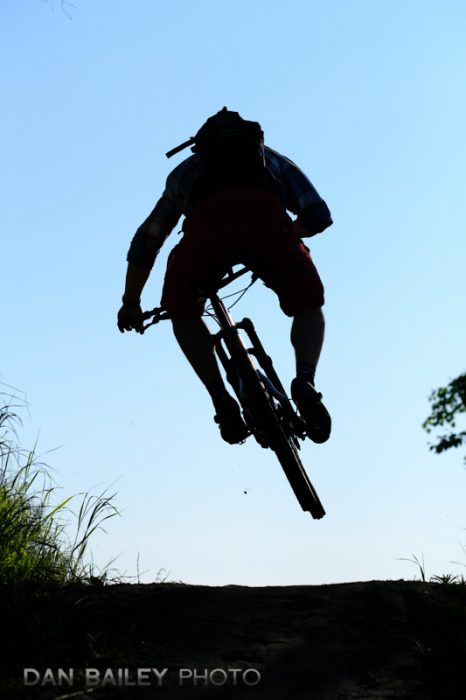
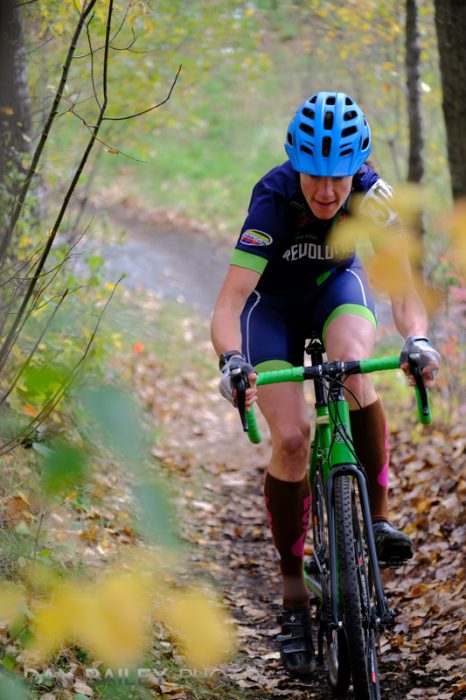
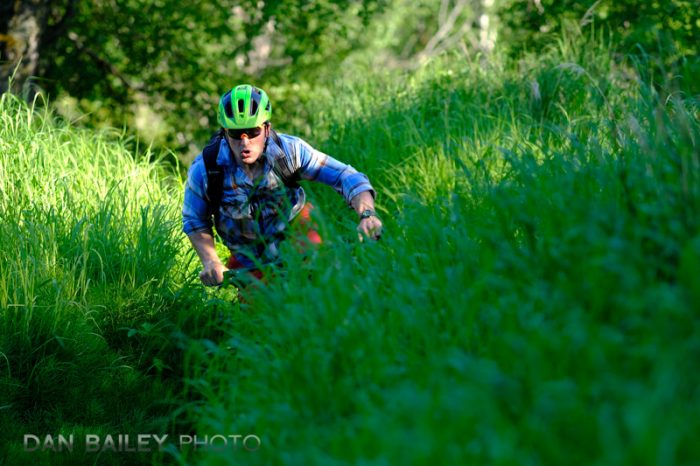
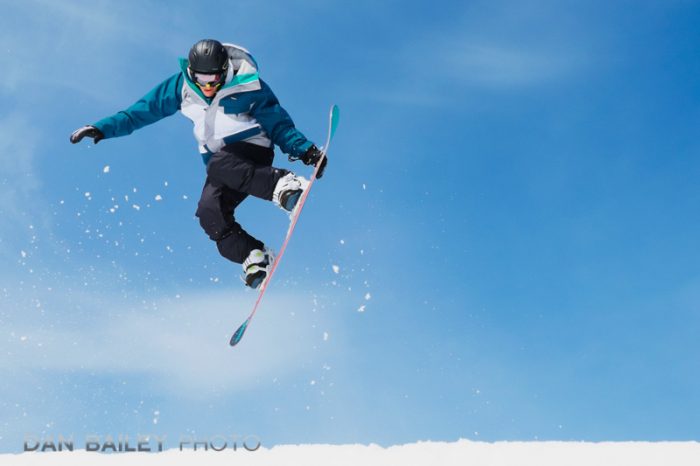
On my Fuji X-T2, I find that settings #2 (ignore obstacles) and #4 (suddenly appearing subject) seem to work best for the kinds of action that I shoot. You can read in more detail how to use the AF-C Custom Settings on the X Series cameras here.
If you have this kind of setting on your camera, I encourage you to play around with it and see if it helps you better acquire and track the action subjects that you shoot.
9. Front to Back is WAY Harder than Side to Side

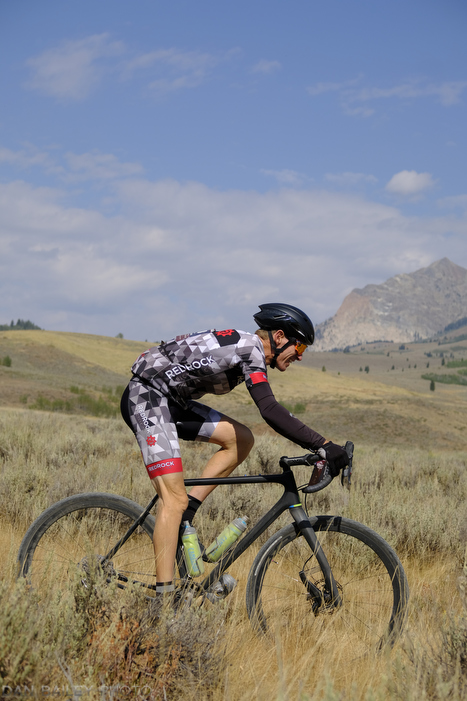
It’s SO much harder to shoot subjects that are moving straight towards or away from you than subject that are moving in a lateral motion across your field of vision. Just accept this fact.
That doesn’t mean that you can’t nail front-to-back shots, in fact, most cameras are more than capable of nailing this kind of subject. However, if you’re having trouble trying to get front to back shots and it’s just not working for you, change tactics and try reframing your subjects with side-to-side compositions. Your success rate will probably go up.
10. Having Trouble Tracking? Try Prefocusing
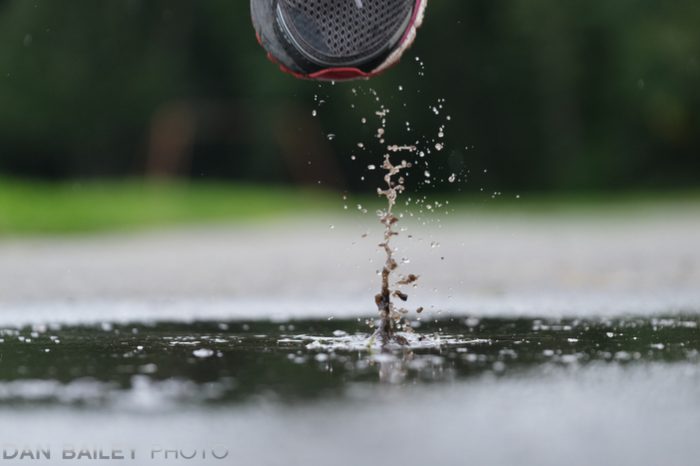
Let’s face it, some compositions are really hard to nail, especially if you’re shooing super fast action up close. It just may be that either you or your system is unable to acquire, track and press the shutter button that quickly.
In theses cases, I like to prefocus on where I think my subject will be. Here’s how it works. You pick out a designated point in the frame and focus on that. When your subject hits that point, you fire off a brief burst and hope you nail it. You’ll probably have to do a few tries before you get it right.
You’ll definitely want to shoot at the fastest frame rates your camera offers. For this running/puddle shot above, I prefocused in the middle of the puddle, set my camera to AF-C and shot at 30 fps using the Electronic Shutter on the Fujifilm X-T3.
Bonus Tip: Practice By Shooting Events and Races
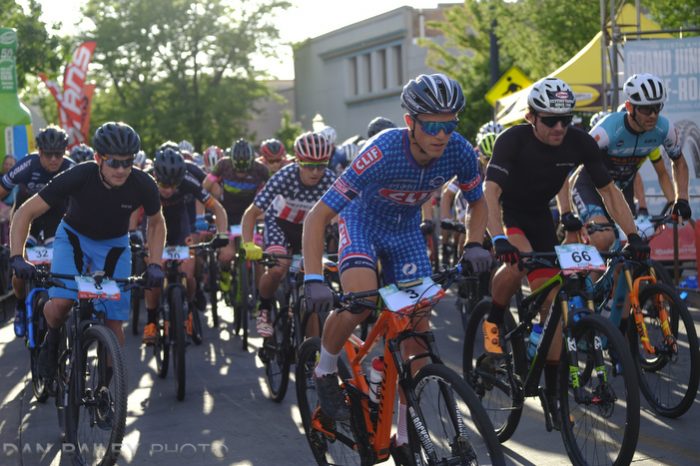
I don’t consider myself an event photographer, but I’ve found that shooting events and races is pretty much the best practice you can get for honing your action photography skills.
The repetition aspect of a race allows you to try out a variety of techniques while keeping the subject matter and motion consistent. As you experiment with different settings, gear combinations and compositional styles, you’ll start to get a feel for what works, what works REALLY well, and of course, what doesn’t.
I have a lot of fun shooting bike races. Most of the time it’s just for fun, but it’s certainly made me a better photographer, and it’s a great way to test the capabilities of my gear, and my own abilities.
Again, no matter what kinds of fast moving subjects you like to shoot, practice is the key. If you want to become a better action photographer, you’ve got to put in the time, not only burning lots of frames, but also analyzing what works and what doesn’t.
Good luck and happy shooting.
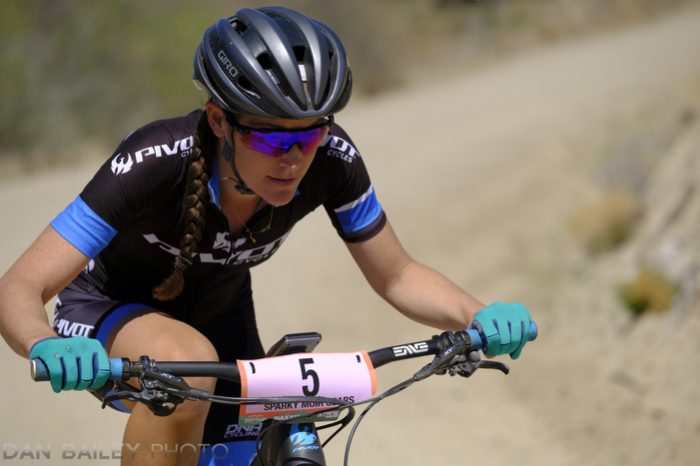

[…] One thing I didn’t cover in this tutorial is autofocus. That’s a whole different beast. To brush up on your AF skills, read my post 10 Essential Autofocus Tips for Sports and Action Photography. […]
[…] To read more tips for using autofocus with fast moving subjects, read my post 10 Essential Autofocus Tips for Sports & Action Photography. […]
Your statement “pros don’t even come close to a 100% success rate“ for action photography is so true and many just don’t realize it. I use to photograph Formula 1 and CART races back in the film days and was very happy if I got 15% – 20% really sharp in focus per a 36 exposure roll of film. Now it is so much easier and cheaper to shoot a lot of exposures and practice to improve one’s skills.
Bob, I agree. With digital, it’s so much easier for us to practice and improve with skills like exposure and autofocus. Lucky us! 😀